In the torrent of bleak and devastating COVID-19 news that has captured the attention of most of the 7.5 billion or so people on Earth, two pieces of news appeared within the last two weeks: Commuters in New York City have been abandoning the crowded subways in large numbers for the more socially-distancing (and therefore safer) alternative of riding their bikes, and there has been a corresponding significant increase in New York City bicycle crashes. And the reason we’re seeing a 43% increase in bicycle injuries in New York City? The usual reasons: driver inattention and failure to yield.
Neither of these news reports are surprising. Once again, people have turned to the bicycle as one of the best and most practical solutions to some of our most pressing problems. And once again, the lack of safe bicycling options is taking its toll on bicyclists.
It doesn’t have to be this way.
We already know how to make bicycling safe for everybody from 8 to 80. What we haven’t done is make a serious effort.
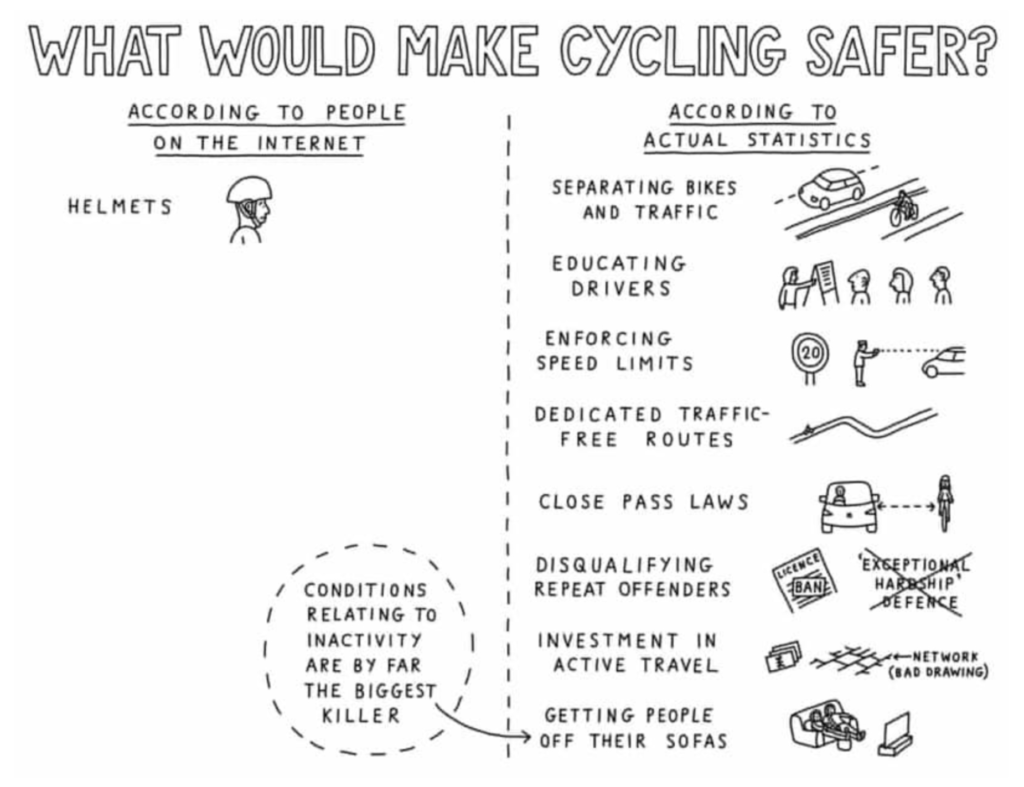
Still, the bicycle remains one of the best means of getting around for everybody who has to get around during this lockdown—and not just in New York City, but across the nation. And because people will continue to ride, it’s a good time to review safety, both before and during your ride.
Experienced bicycle commuters may already know the drill (or maybe not!), but if you’re:
- a new bicyclist,
- new to bicycle commuting, or even just getting around by bike,
- or if you haven’t been on a bike for a while but are looking at bicycling as a viable option to reduce your risk of exposure to COVID-19,
- or even if you’re just dealing with cabin fever and need to get outside for a while during the lockdown,
Here’s what you need to know to keep your bike and yourself safe.
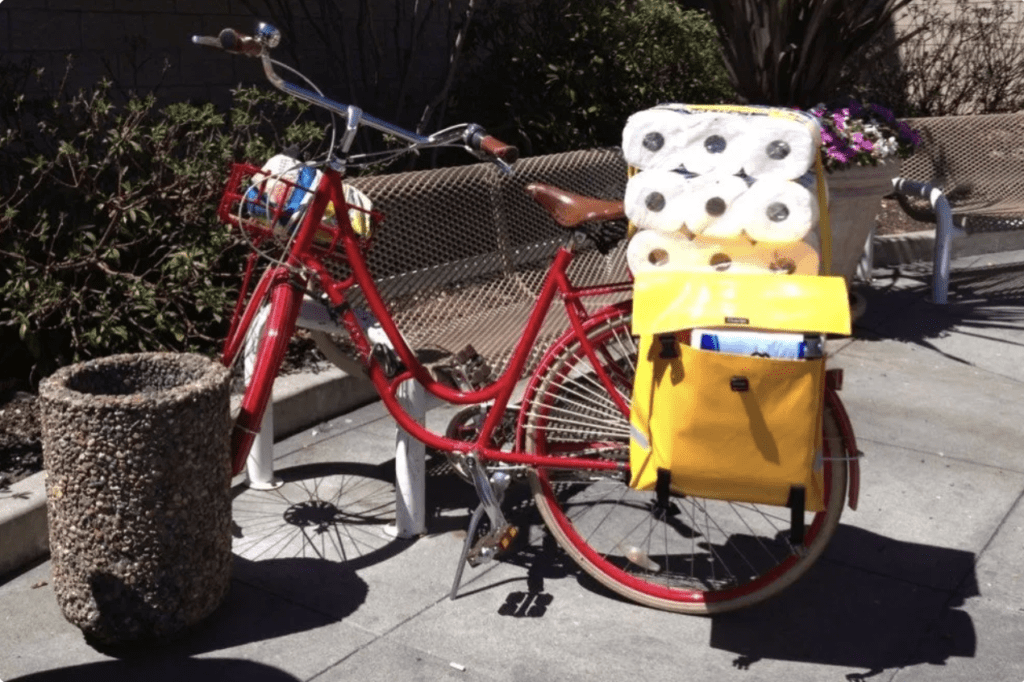
Before You Ride
Before you decide to get your bike out and ride to work, or for groceries, or wherever, you should prep for your ride. There are several pre-ride preps that are important, and you should address these before you ride:
Make sure you are protected by insurance.
Before you ride, make sure that you understand the insurance coverages that are available to cyclists, and make sure that you understand the insurance coverage that you currently have.
- See: About Insurance
If you do not have sufficient insurance to protect yourself in the event of a crash, consider what options you have to increase your insurance coverage. A few dollars wisely spent on insurance coverage before you need it will give you peace of mind now and some important insurance resources you will need and want in the minutes, hours, and days following a bicycle crash.
Protect yourself from bicycle theft.
- Record Your Serial Number. Over 2 million bikes are stolen annually in North America. Before you ever take your first ride, you need to make sure that you take precautions against bike theft. The first step will be to create a file of records for your bike. Record your bicycle make, model, and serial number. The serial number will typically be found stamped into your bottom bracket.
Take photos of your bike, and include photos of any distinguishing characteristics. If you have a purchase receipt, keep that in your file. If you don’t have a purchase receipt, keep any receipts for repairs.
The purpose of the records file you are creating is to establish proof that you are the owner of this bicycle. If your bicycle is stolen and later recovered by the police, you will need to be able to prove that the bicycle is yours before they can release it to you. Most people will never create a record that proves that they are the owner of their bicycle. Don’t be most people. If you haven’t already created a record of your bicycle, do it now. Right now. I mean, it’s not like you have to be somewhere, right?
- Make sure you have appropriate locks for your bike, and you know how to use them. If you’re like most people, you have no idea how to properly use your locks. So now that you’ve created a file for your bike, and recorded your bike’s vital information, now is a good time for you to get some proper locks, and learn how to use them:
- Related Article: About Bike Theft
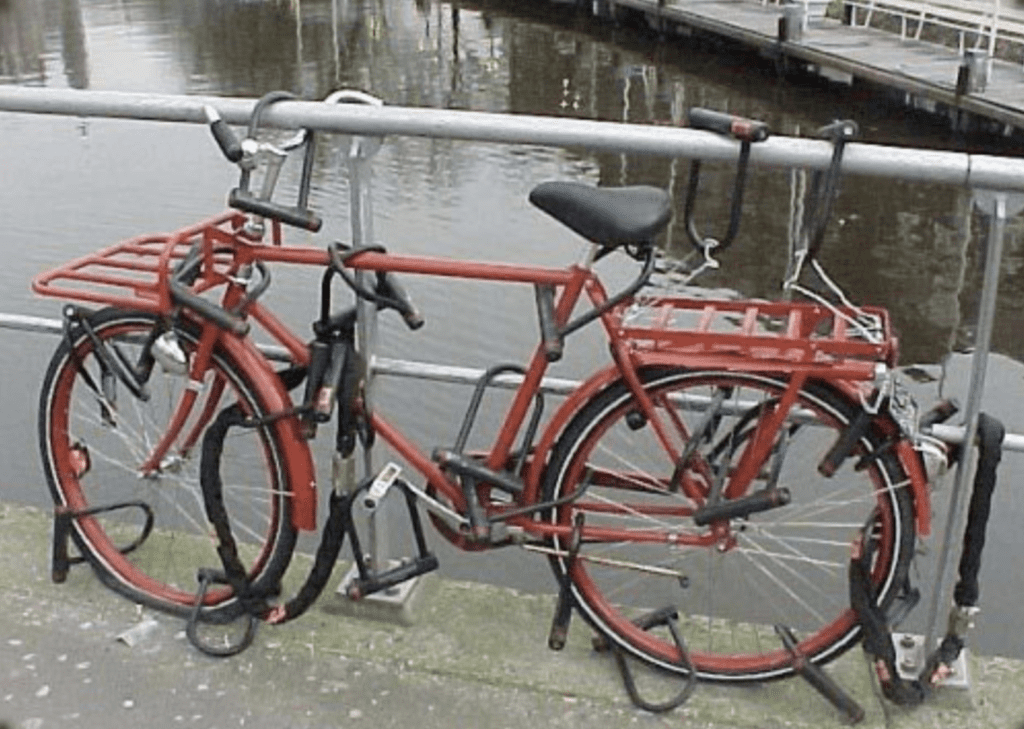
Is there anything else you need to do before your first (or next) ride? There sure is.
Make sure your bike fits and is in good mechanical condition.
The best time to take care of your bike’s mechanical condition is now, when you’re not on your bike trying to avoid a careless driver. The worst time to think about taking care of your bike’s mechanical condition is when your mechanicals fail while you’re trying to avoid a careless driver. You need to have your bike in excellent working condition so you can rely on it in an emergency. If it’s not in good condition, take it to your local bike shop ASAP (good news, bike shops are considered “essential businesses” in this public health crisis) and get it repaired.
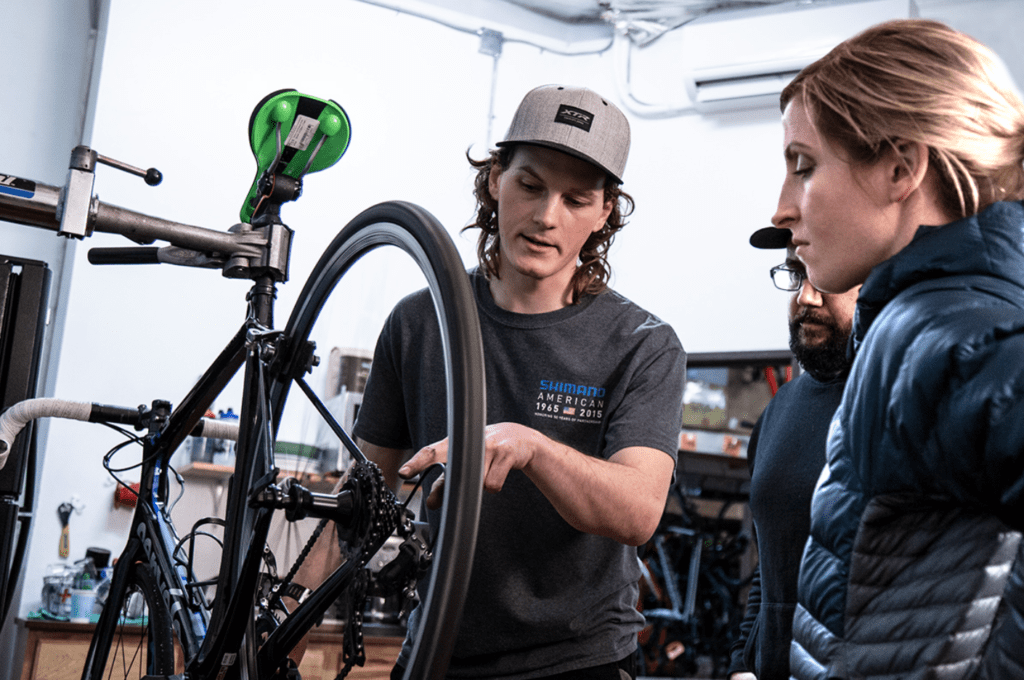
Photo courtesy of River City Bicycles
And while it’s being repaired, ask the shop to fit the bike to your body’s unique dimensions. A proper fit is essential for safety, comfort, minimizing the risk of injury, and improving performance and efficiency.
Make sure you have proper safety equipment.
Before you ride, you should make sure that you have proper safety equipment for you and your bike.
-
Helmets. The first piece of advice you will likely get from most people is “wear a helmet.”
You won’t get that advice here.
Don’t get me wrong, I wear a helmet every time I ride. But a helmet is not the magical guaranteed-to-keep-you safe device that many people seem to believe it to be. At low speed falls, a helmet can protect you from head injury. But in a collision with an automobile, the impact speeds involved will often far exceed the design specifications of a helmet. And as Chris Boardman says, “I think the helmet issue is a massive red herring. It’s not even in the top 10 of things you need to do to keep cycling safe or more widely, save the most lives.”
So what should you do? Read about bicycle helmets, weigh the evidence and the risks, and make an informed decision for yourself about wearing a helmet.
- Related Article: California Bicycle Helmet Law
- Related Article: Oregon Bicycle Helmet Law
- Lights. You should also consider whether you need lights. If you will be riding at any time before sunrise, or after sunset, you will need to be equipped with lights. You will also need lights under low-visibility atmospheric conditions.
- Clothing. Finally, your clothing choices while riding will also have a significant impact on your safety. Simply put, brighter colors will help drivers see you.
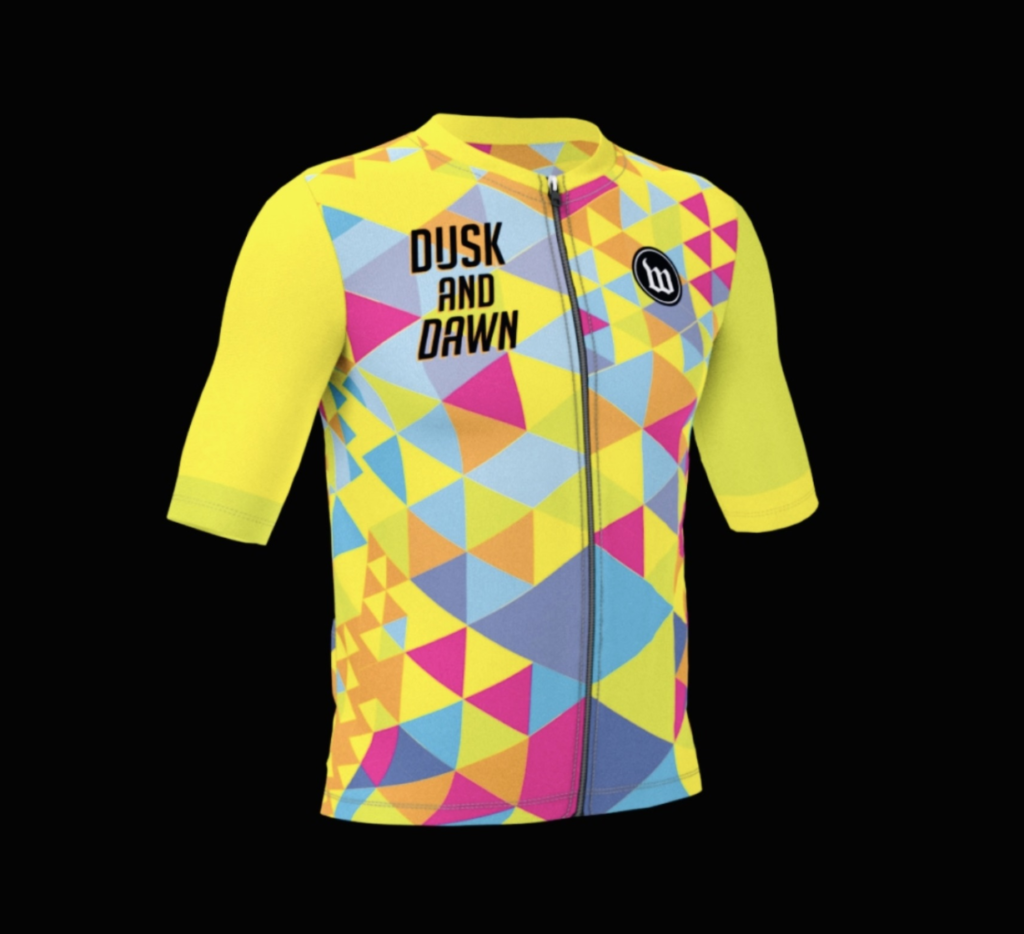
Make sure you understand and know how to avoid bicycle crashes.
The best way to protect yourself from injury in a bicycle crash is to avoid bicycle crashes in the first place. After all, no amount of money can take the place of your good health. Fortunately, while accidents do happen, bicycling is not a risky activity, and the risks of injury that do exist can be reduced by understanding what the risks are, and how to avoid them.
Make sure you understand and practice emergency maneuvers.
Once your bike is in proper working condition, and you understand how to avoid bicycle crashes before they happen, you’ll need to make sure you know, understand, and practice essential emergency maneuvers:
Now You’re Ready To Ride
Now you know what you need to know and need to do before you ride. If you’re already riding and you haven’t already taken care of all of these essential preparations, now is the best time to start taking care of the things you still need to take care of.
In Part 2 of this article I’ll discuss keeping yourself safe while on your ride, and what happens if, despite your best precautions, you are injured while riding your bike.
***
As urban density increases and renewed interest in cycling reaches unprecedented levels, it is an exciting time for bicycling in the United States. In many places though, the laws and the road access for cyclists have not kept up. Conflicts occur between bicyclists and motorists.
Regardless of the cause of a crash, the outcome tends to be worse for the cyclist than the car.
Bicycle Law was founded by Bob Mionske with one goal: to help cyclists. Given Bob’s unique professional cycling background crossed over with his lawyering, he is regularly approached by attorneys (and cyclists directly) for input on bicycle collisions. Cause, effect, and liability.
Bob is licensed in Oregon and practices law through his firm, The Law Offices of Bob Mionske. Bicycle Law’s California office is at Coopers LLP. Given his extensive expertise and contacts in the national bicycling community, Bob is happy to speak with you wherever you are located. If appropriate, he will associate local counsel on matters.
If you want to speak to us about a crash, your rights, or an advocacy matter, please call (866) 835-6529 or email info@bicyclelaw.com.




